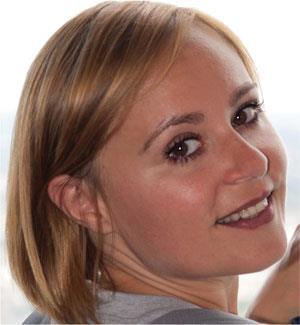
What are you working on at the moment and what is the next big challenge in your field?
I’ve been working on biomass conversion for eight years. The main motivation behind my work is the creation of new and sustainable materials based on renewable resources which are available around the globe at very low prices. I am particularly interested in using these materials for renewable energy applications where researchers currently rely on noble and scarce metals such as platinum, palladium and ruthenium. These metals are estimated to last for another 50 years at the current rate of consumption. Therefore it makes no sense to try to solve the energy crises by creating new technologies requiring noble metals. We will run from one problem into another and it simply makes no sense. Therefore I truly believe that research into new and sustainable materials is of crucial importance.
Many researchers see biomass as an alternative precursor for fuels and chemicals. Research on materials made from biomass is far less popular. Most chemical approaches to produce chemicals and biofuels from biomass target specific molecules. When trying to produce biomass-derived molecules, researchers are trying to avoid the formation of the brown–black-coloured materials they call humins. My idea was to take a closer look at these materials that everybody is trying to avoid, and try to understand their formation mechanism, chemical structure1 and whether they can actually be useful for something.
I call these materials hydrothermal carbons,2 rather than humins. The process I use to produce them is consequently called hydrothermal carbonisation or HTC. In HTC a biowaste precursor or component is placed in an autoclave at temperatures between 130 and 280°C, under self-generated pressures, for between two and 24 hours. During this process, the biomass components – cellulose – are broken into small constituting sugars – glucose – which are further broken into smaller chemicals such as hydroxymethylfurfural and levulinic acid which react with each other to form a carbonaceous network of well-defined spherical particles. These carbon materials can be easily functionalised with other molecules, hybridised with inorganic nanoparticles or further carbonised into graphitic structures. Therefore I believe this is a very versatile way to produce carbon. I call it the sol–gel approach to carbon. I have proved that the HTC materials can be used as electrodes for rechargeable batteries and supercapacitors, electrocatalysts in fuel cells, heterogeneous catalysts3 for various chemicals and materials for carbon dioxide capture and water purification.
My future plans are to look a bit closer into the liquid phases remaining upon hydrothermal carbonisation, as it contains many important chemicals and precursors for other chemicals or materials. I want to ensure a closed loop on biomass utilisation using hydrothermal carbonisation. We have also discovered that if the HTC process is conducted for shorter times, we can isolate some highly fluorescent carbon nanoparticles. We are currently looking into using these fluorescent nanoparticles in renewable energy and bio-related applications.
Where do you get the inspiration from your research?
I use natural materials and convert them into carbons. Sometimes you can make use of the unique hierarchical and complex structural organisation existing in natural materials and produce carbon materials with unique morphologies/pore structure and properties. For example we have used the hierarchical organisation between chitin and CaCO3 nanoparticles in leftover seafood shells to create unique nitrogen doped carbons.4 Similarly, we have also used rice straw5 for the same purpose. The good thing about these natural materials is that they can be categorised as biowaste. Waste is still defined as something nobody wants, but we can convert it into useful materials. I believe the concept of waste will change in the next 10 years and everybody will consider waste a valuable resource.
What motivated your scientific career and this work in particular?
My father is a scientist; he’s a nuclear physicist, so I grew up in a research environment. Like me, he is interested in many different things. However I always said I was going to do something different, so I didn’t do physics but chemistry. Today, I work in a multidisciplinary field and this is one important aspect I love about my job. How I ended up doing what I do today was part of a long and rather random development process. Firstly, I was very much in love with organic chemistry. It was fascinating to learn it on paper. However, once lab work started I realised I did not have enough patience for organic synthesis. I must admit, I am not a very patient person. This is why I decided to combine organic chemistry with materials and do a PhD on molecularly imprinted polymers.
Once I moved to the Max Plank Institute of Colloids and Interfaces for my postdoc, I had a lot of freedom to try many different things. This is how I came across hydrothermally converting biomass into carbon, which I found really fascinating. Although I have been working on this topic for eight years now, there are still so many open questions remaining. I hope I will manage to answer most of them within the next few years.
Your career has been very successful, becoming a group leader at the Max Planck Institute of Colloids and Interfaces [MPIKG] after just one year as a postdoc; what is your secret to success?
In Germany the career paths for young scientists are a little different to the UK, although this is now slowly changing. When funding is widely available, as it is the case at the Max Planck Institutes, it is pretty much to the institute director’s latitude to decide everything. Therefore, Professor Antonietti, the director of MPIKG, offered me an independent group leader position and habilitation opportunity, one year after my postdoc. I believe his choice was to do with the discoveries I made in just one year as well as my personality. I am a very active person, I love to be involved in many things at the same time and I always love to try new things. He is quite similar in this respect.
At the beginning of 2013 you moved to Queen Mary, University of London. What precipitated this move and how have you found the move from Germany to the UK?
In Germany I was doing my habilitation and leading an independent research group within the MPIKG. These positions are limited to six years. In Germany, the habilitation gives you the right to become a professor. Once this is completed you are expected to go and find a permanent academic position, so it was the normal step for me. I chose the UK and particularly London because of the high quality research, the collaboration perspectives as well as the language. I wanted to continue to work in an international and English speaking environment.
Moving can be hard, but at the same time it is a very exciting experience. You leave your routine and new perspectives appear. It was not a new thing for me as I have already lived in six different cities and three different countries during the past 12 years.
I love my job now even more than before because I am completely independent. I depend only on third party funding for research and, of course, this is not easy but at the same time it keeps me very motivated and stimulates new research ideas and collaborations. I also love the fact that in the UK teaching is way more interactive than in Germany. I love living in big cities where many things happen simultaneously. Therefore London, a vibrant and ethnic melting pot city, is the perfect living environment for me and a natural choice after Berlin.
Your work is very broad and covers many different fields and applications. How do you balance specialising with being broad, do you focus on the end application or the fundamental science?
As HTC was something very new, I wanted to explore as many applications as possible, to prove to myself and the research community that it is something worth working on. There is no point doing something if it is of no use. Therefore I started exploring many different materials and many different applications. Once it was clear that the HTC materials are very easy to make useful, I started looking into the fundamentals. We now partially understand the HTC chemical structure and formation mechanism. However the chemistry behind and the nucleation mechanism are still to be answered. I am also trying to understand the role of nitrogen and sulfur heteroatoms6 in the electrocatalytic activity of these materials.
My research principle is to try many different things and, once an important phenomena or property is observed, go deeper into its fundamental understanding in order to make it even more important.
If you weren’t a scientist what would you be?
An archaeologist or a marine biologist – so still a researcher. I think research and the academic environment fits me very well. I am a free spirit; I do not like to work according to strict schedules or dress according to dress codes. I could not be an artist as I lack talent; therefore the perfect option for me is to be a scientist.
Do you do have any interesting hobbies?
I have many hobbies. To keep a healthy work–life balance they are far from science and the academic environment. I love photography and street art. I enjoy the clubbing culture and the electronic music scene, especially the Berlin one. I also love good books and independent films. I also like running and cycling and taking part in various related competitions. I ran the Berlin Marathon and the next step will obviously be the London Marathon. I also love my cat called Marathon.




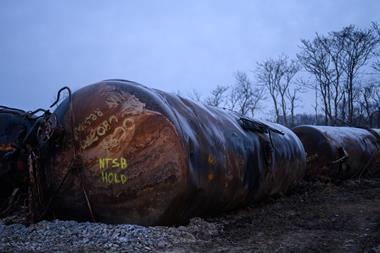
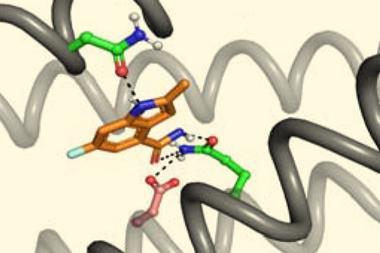
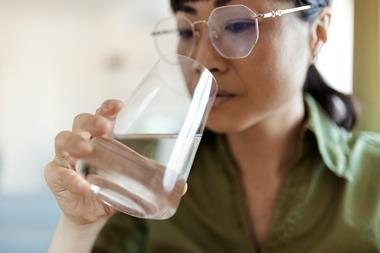

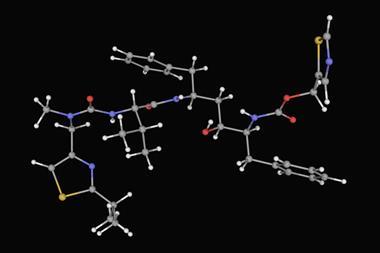
No comments yet